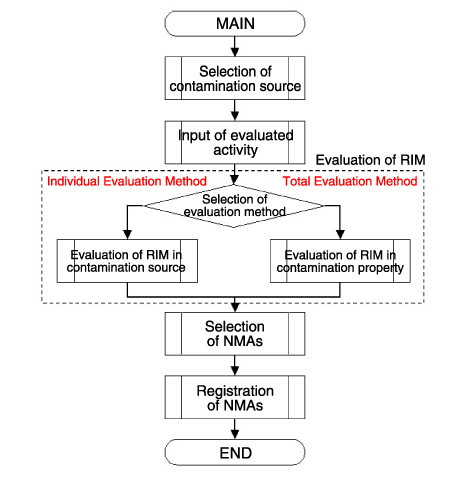
Fig.11-2 Main flow of the program for selection of NMAs
Fig.11-3 Screenshot example of evaluating RIMs by the total evaluation method
Clearance activities for a large amount of waste in the decommissioning of nuclear facilities have been planned in the JAEA. To improve the efficiency of these clearance activities, a clearance level verification evaluation system (CLEVES) has been developed to support safe and secure clearance of wastes.
The program for selecting NMAs (SNM) was created to select NMAs from 33 nuclides for which clearance levels are provided in the METI or MEXT regulations.
The SNM was created to select nuclides to be evaluated based on the relative importance measure (RIM; nuclide activity divided by clearance level) for the nuclide according to the contamination source or the contamination properties of the clearance objects.
In this SNM, taking into account characteristics such as the types and structures of reactor facilities, contamination sources are selected according to their contamination properties. Nuclide activity (D) of each contamination source is input into the program (Fig.11-2).
Next, the RIM for nuclides is evaluated by the individual evaluation method or the total evaluation method using the evaluated activities and the like.
The individual evaluation method can evaluate the RIMs in each contamination source. The total evaluation method can calculate a summation of the activity of each nuclide contamination source in the contamination properties, and can evaluate the RIM for each contamination property. Fig.11-3 shows a screenshot of evaluating the RIMs by the total evaluation method.
NMAs are subsequently selected from the 33 nuclides in descending order of the RIM rate according to the regulations of the reactor facility regulatory body.
In addition, case studies have been carried out using the SNM based on data concerning actual clearance activities with concrete generated from JAEA’s modification of the JRR-3. NMAs selected by the individual evaluation method were H-3, Co-60, Sr-90, Cs-137, and Eu-152. NMAs selected by the total evaluation method were Co-60, Cs-137, and Eu-152.
Thus, NMAs can be selected by the individual evaluation method of the contamination source or the total evaluation method of the contamination properties. The SNM can be used in various ways according to user needs. The SNM is planned to be applied to clearance activities in the JAEA.
<Previous: 11 Development of Decommissioning and Radwaste Treatment Technology | Next: 11-2 >